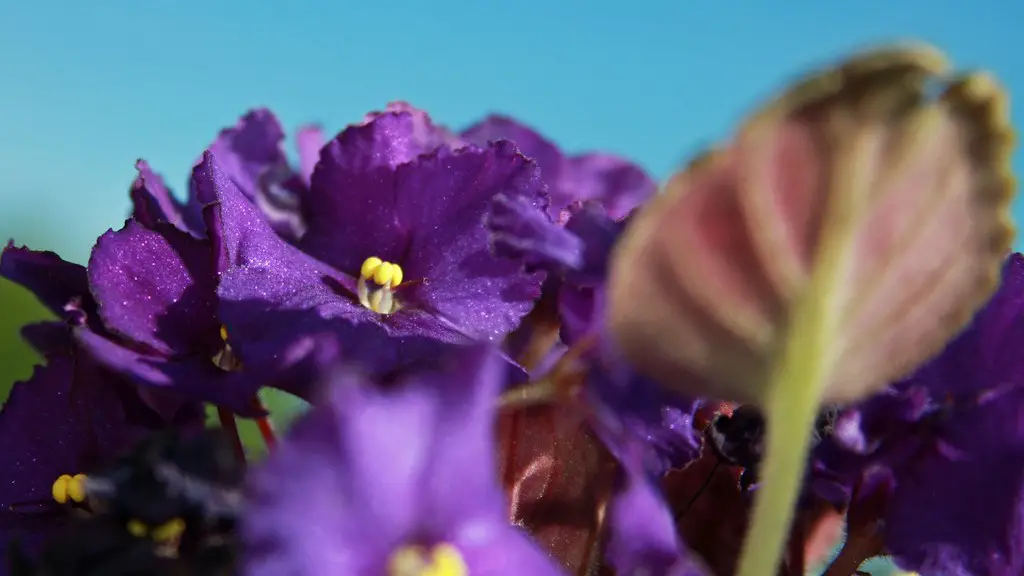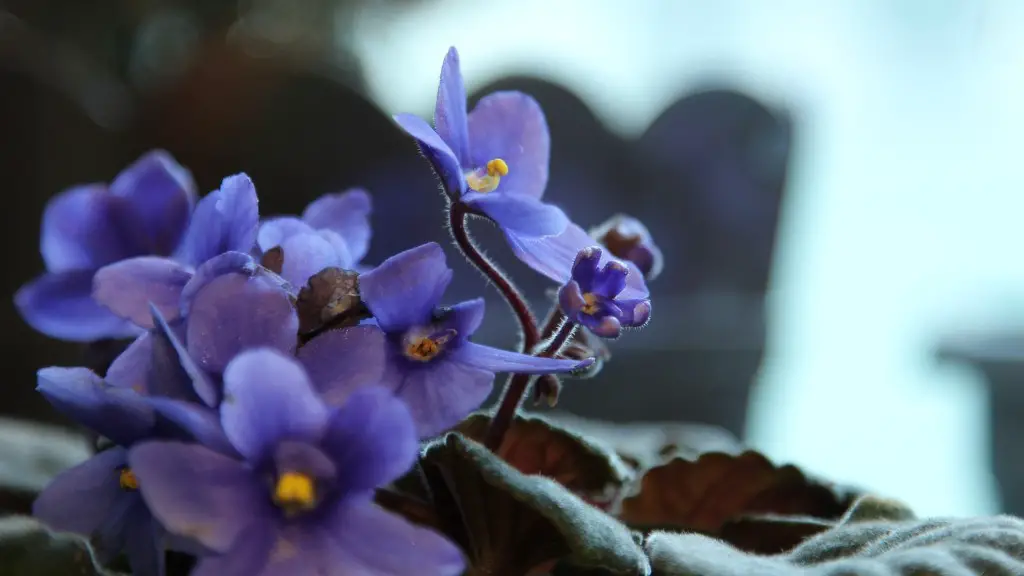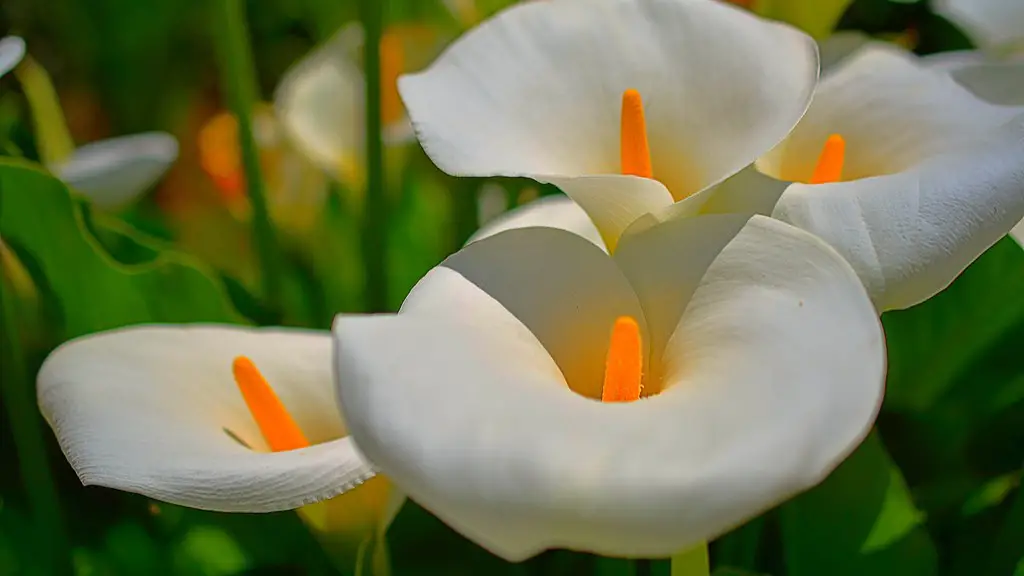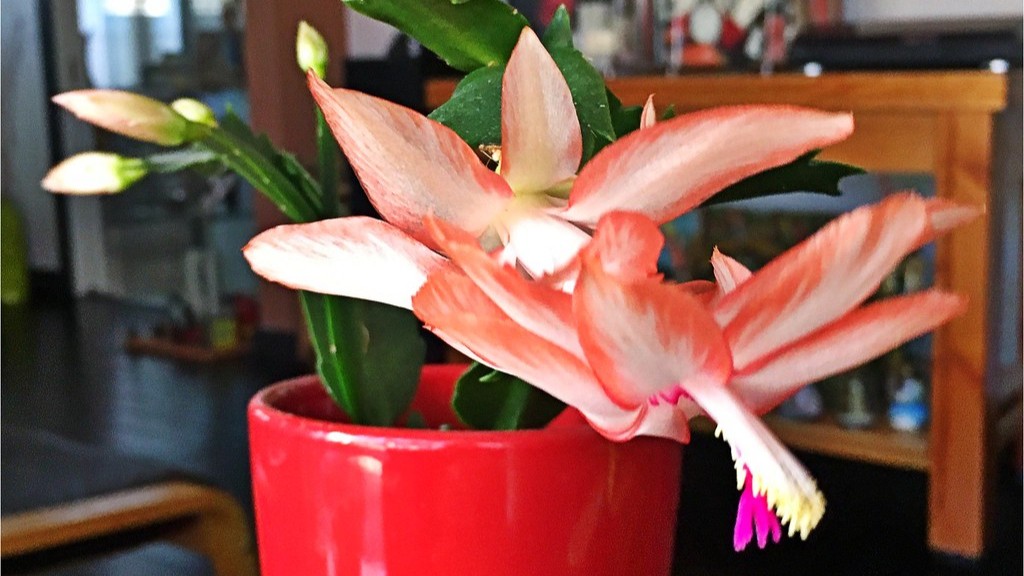Houseplants always seem to suffer from too much or too little water. African violets are no different. They are native to Tanzania and Kenya and grow best in bright, indirect light with a little humidity. The key to watering African violets is to allow the soil to dry out completely between waterings. This plant does not like to sit in water.
No, African violets do not need a lot of water. They prefer to have their soil kept moist, but not soggy. Water them when the soil feels dry to the touch.
How often do African Violets need to be watered?
A wicking system is a great way to make sure your African violets are never over watered. This system allows the plant to completely dry between waterings, which is important for preventing root rot.
African violets need indirect sunlight, so a north- or east- facing window is best. Keep plants away from cold glass and rotate the pot once a week so all leaves receive light. Extend daylight by placing African violets under a grow light during winter months.
How do I know when my African Violets need water
African violets need to be watered when the top of the soil is dry to the touch. They should be allowed to dry out between each watering for best results. Overwatering can kill a plant. The fine roots of an African violet need air, which cannot penetrate a soggy wet soil mass.
If you want your plants to have the best color and blooms, grow them in bright, indirect light. The ideal location for a plant stand is three feet away from a west- or south-facing window. Plants will still grow when situated right beside north- or east-facing windows, but leaves will be thin and spindly, and plants less likely to bloom.
What do Overwatered African violets look like?
If you have over-watered your African Violet plant, the soil will be holding too much water. This will cause the leaves and/or leaf stems to turn soft, limp or mushy. To fix this, you will need to let the plant dry out completely and then start watering it properly.
It is important to water African violets carefully, as they are susceptible to crown rot. Water the plants at room temperature, and avoid getting the foliage wet, as this may cause permanent leaf spotting.
Do African violets need bigger pots?
If you’re looking to keep your African violet healthy and thriving, it’s important to choose a pot that’s on the smaller side. African violets do best when they are slightly pot-bound, so a pot that’s 3-4 inches in diameter is ideal. This will help to ensure that your plant gets the moisture and nutrients it needs without becoming overwatered.
African violet plants are small, delicate flowers that are native to Africa. They are notoriously difficult to care for, and one of the most important things to remember when watering them is to do it from the bottom up. Place the plant in a shallow tray of water for 30 minutes, allowing the soil to soak up the water through the drainage holes at the bottom of the pot. This will prevent the leaves from getting wet, which can cause them to rot.
How often do you feed African violets
Your African Violet needs fertilizer to stay healthy throughout the year. During the spring and summer, you should fertilize your African Violets once every 14 days. In the fall and winter, you shouldn’t fertilize the plant at all to prevent over-fertilizing.
If possible, use distilled water or deionized water for your African violets. This will help to prevent any potential problems with chlorine, chloramines, or dissolved solids. If you must use tap water, let it sit for 24 hours before using it on your plants. This will allow any chlorine or chloramines to evaporate out of the water.
Can you spray water on African violets?
It is best to clean your African Violet leaves with room temperature or tepid water. You can use a spray bottle to mist the leaves and then use your fingers to rub the top and bottom part of the leaves. You can also use the spray bottle method to clean the African Violet leaves with liquid soap.
African violets typically need to be repotted every one to two years because they are constantly growing and taking up more space in their pot. “Their roots system is very dense, so they need to be repotted in order to get the oxygenation that they need,” adds McEnaney.
How do I get my African violet to bloom again
If you want your African violet to bloom again, there are a few things you can do. First, make sure it has enough light. Second, turn up the humidity if possible. Third, replenish essential nutrients. Fourth, keep the plant happy and stress-free. Fifth, choose the right soil. Sixth, protect the plant from pests and disease. Finally, constrict the roots to encourage new growth.
For best results, African violets should be grown in slightly acidic conditions with a pH of between 58 and 65. In conventional soil, your plant may not be able to absorb nutrients as efficiently. To lower the pH in African violet potting soil, peat moss is often used.
Do African violets like coffee grounds?
Yes, coffee grounds are good for African violets. They are slightly acidic and contain nitrogen, which helps plants grow healthy foliage. Occasionally sprinkling used coffee grounds on top of your African violet potting soil can be good for the plant.
A broadleaf killer that contains 2,4-D or Dicamba is a great way to selectively kill wild violets without damaging the grass. Drive (quinclorac) is another great option for killing these pesky plants.
Final Words
No, African violets need very little water. Water them only when the soil is dry to the touch.
No, African violets do not need a lot of water. They are a type of plant that is known to be drought tolerant.





